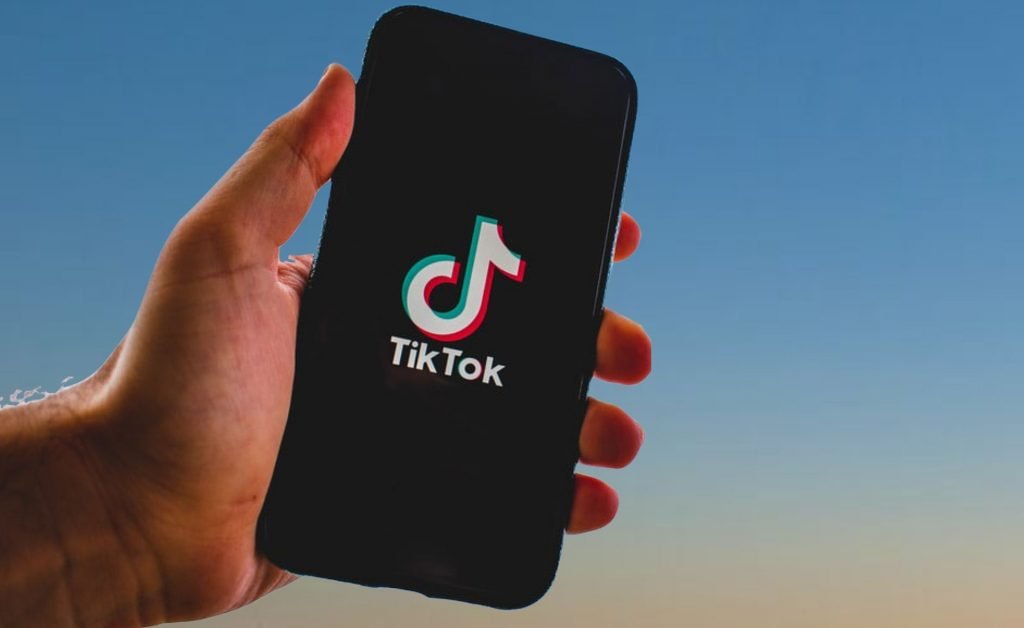TW: This article discusses suicide and post-traumatic stress.
TikTok appears to have become a form of everyday upbeat escapism. Launched in 2017, it has since exploded in widespread popularity. Amidst all the stress and uncertainty of the pandemic, we’ve needed a source of good entertainment. Thus, the app reached the pinnacle of success this year as the mainstream provider of instantaneous joy and laughter.
Yet, despite the majority of heart-warming responses, a darker side of the platform has emerged.
Numerous complaints have surfaced surrounding their censorship procedures, with many of them being oppressive and discriminatory in nature. A particularly shocking revelation was found in an article by TheIntercept, exposing a former document obliging moderators to censor content from people it believed to be ugly, overweight, disabled, or poor. “Abnormal body shape”, “chubby” and “obvious beer belly” were just a few of the degrading comments in the policies.
More recently however, there has been uproar regarding the app’s questionable censorship tactics. There is already evidence of forms of political censorship in this aforementioned report; ByteDance moderators were instructed to remove content/permanently ban anyone who appeared to be “endangering…national honour and interests.”
One prominent case was a video by Feroza Aziz which brought attention to Uighur internment camps in China. After reaching more than 1.5 million times, TikTok removed the video. Although moderators denied accusations of censoring posts based on orders by the Chinese government, such behaviour is suspicious to say the least. Considering the evidence from the widely circulated report and this incident, the U.S may have a right to be cautious.
What I struggle to comprehend is, if the censorship policies are as rigid and stifling as this document outlines, why is legitimately disturbing material still appearing on the app?
I was deliberately avoiding the app in early September due to a graphic video of a live-streamed suicide began circulating. Many times I kept fearing I would accidentally stumble on the video- which has sadly happened to other users. Although Facebook took down the original footage, certain TikTok users began re-uploading it on other accounts, which has led to many unsuspecting users becoming immensely troubled and upset by what they saw. One harrowing circumstance saw a girl as young as 14 coming across the video, leaving her in a severe state of emotional shock.
What horrifies me in this situation is that TikTok’s algorithm means that various content from people you don’t directly follow can start auto-playing as soon as you scroll up. As young people are the most popular users, the app could expose them to such horrifying content at any moment without warning. In fact, some of the users sharing the article distastefully disguised it behind other content, such as videos of cats. Not only is this greatly disrespectful to those close to the man depicted, users are put at risk too.
TikTok’s moderation teams claim to be “banning accounts” repeatedly uploading the video. But why doesn’t the content censorship appear to be as efficient in this case as with others we’ve seen?
Parents nationwide have expressed their anger over this video’s circulation and worry about their children’s wellbeing. Yet, police have shown hesitancy to tackle the issue, saying “it is not their job to police the internet.” The reality is, that’s not good enough. Protection of young people should be the same online as it is in real life. Australian prime minister Scott Morrison was right when he said laws for the real world must also apply online: “TikTok need to put in more resources to detect and tear down this sort of harmful content. That is their responsibility.”
Content like this can have seriously damaging effects on users. Yet TikTok’s moderation policies continue to promote body shaming, political censorship and indifference to its users’ wellbeing. It remains clear that we need more measures to protect young users from harmful material.
Katie Heyes
Featured image courtesy of Nitish Gupta from Pixabay. Image license can be found here. No changes were made to this image.

